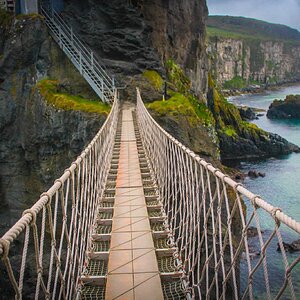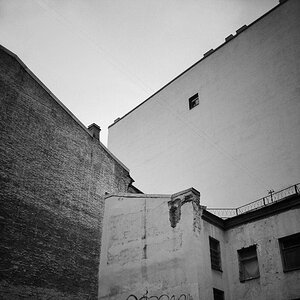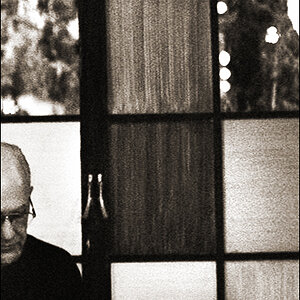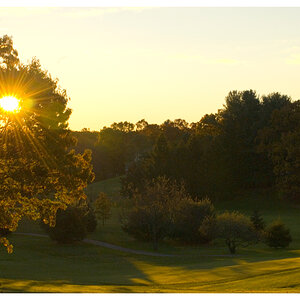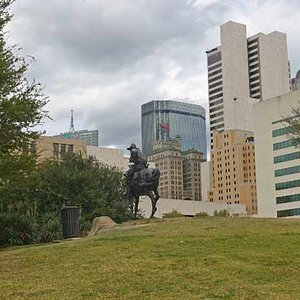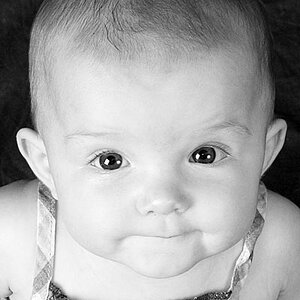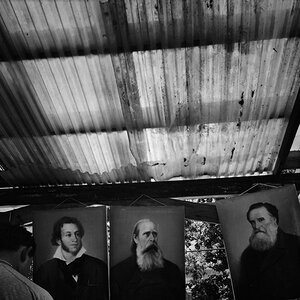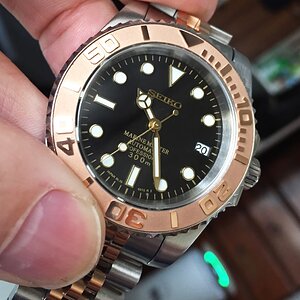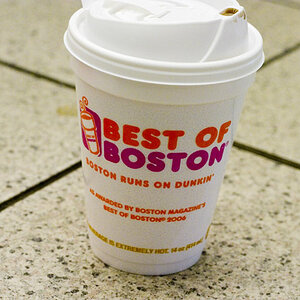RBCONDO
TPF Noob!
- Joined
- Feb 3, 2007
- Messages
- 11
- Reaction score
- 0
- Location
- Rehoboth Beach Delaware
- Can others edit my Photos
- Photos OK to edit
I'm a realtor in Rehoboth Beach Delaware.
Unlike 99% of the local realtors who use crappy point and shoot cameras for their home photos I use a Nikon D70 with a sigma 10-20mmD wide angle and a Nikon SB 800 speedlight.
My exterior photos look great. I usually just use the auto landscape setting.
My interior photos however usually come out very dark and I have to really crank up the curves in Photoshop to make them look ok.
Can someone suggest a camera setting for better results?
You can see some of my photos at the following links
http://www.vtbeach.com/single-family-tours/sawgrass-2/
http://www.vtbeach.com/single-family-tours/sawgrass/
These images were taken with the camera set on landscape auto and the speedlight on TTL metering. They have been somewhat doctored in photoshop but you can still see they are rather dark in places.
If someone can offer a better setting or setup I would be very thankful, I'm tired of spending 15 minutes on each image in photoshop correcting my original picture taking problems.
Unlike 99% of the local realtors who use crappy point and shoot cameras for their home photos I use a Nikon D70 with a sigma 10-20mmD wide angle and a Nikon SB 800 speedlight.
My exterior photos look great. I usually just use the auto landscape setting.
My interior photos however usually come out very dark and I have to really crank up the curves in Photoshop to make them look ok.
Can someone suggest a camera setting for better results?
You can see some of my photos at the following links
http://www.vtbeach.com/single-family-tours/sawgrass-2/
http://www.vtbeach.com/single-family-tours/sawgrass/
These images were taken with the camera set on landscape auto and the speedlight on TTL metering. They have been somewhat doctored in photoshop but you can still see they are rather dark in places.
If someone can offer a better setting or setup I would be very thankful, I'm tired of spending 15 minutes on each image in photoshop correcting my original picture taking problems.



